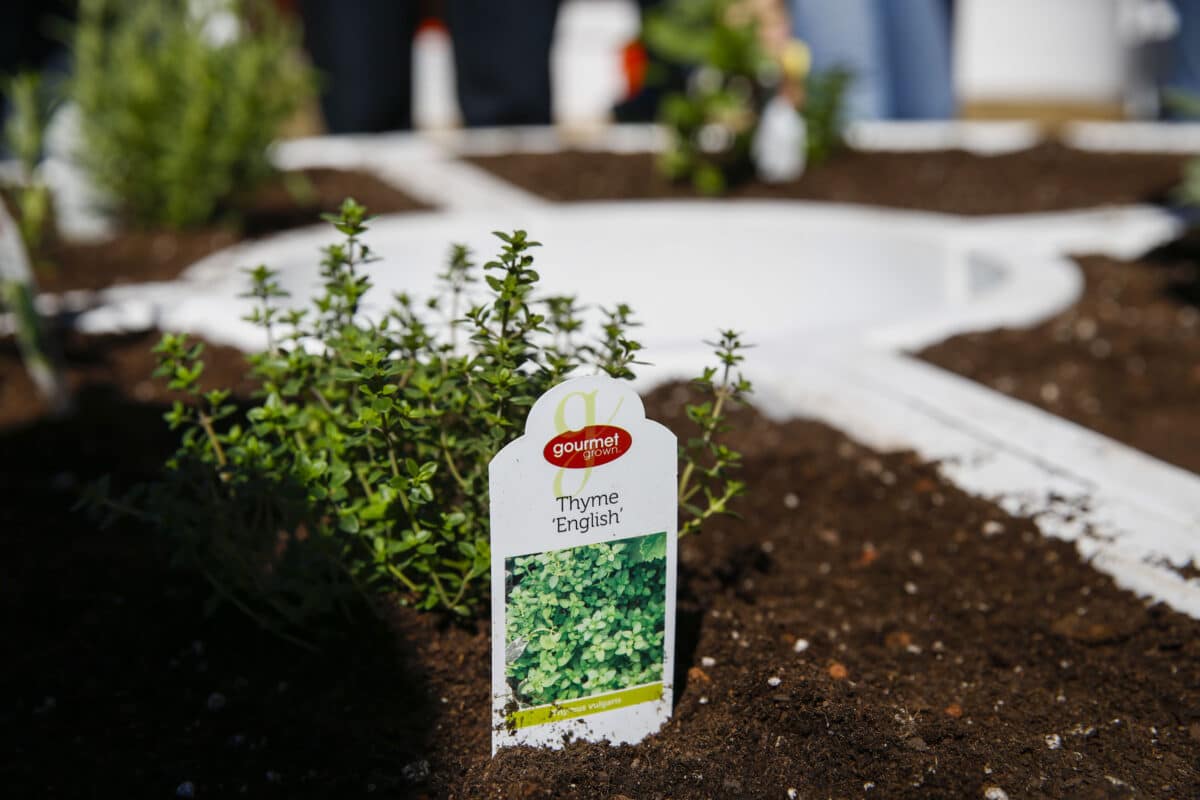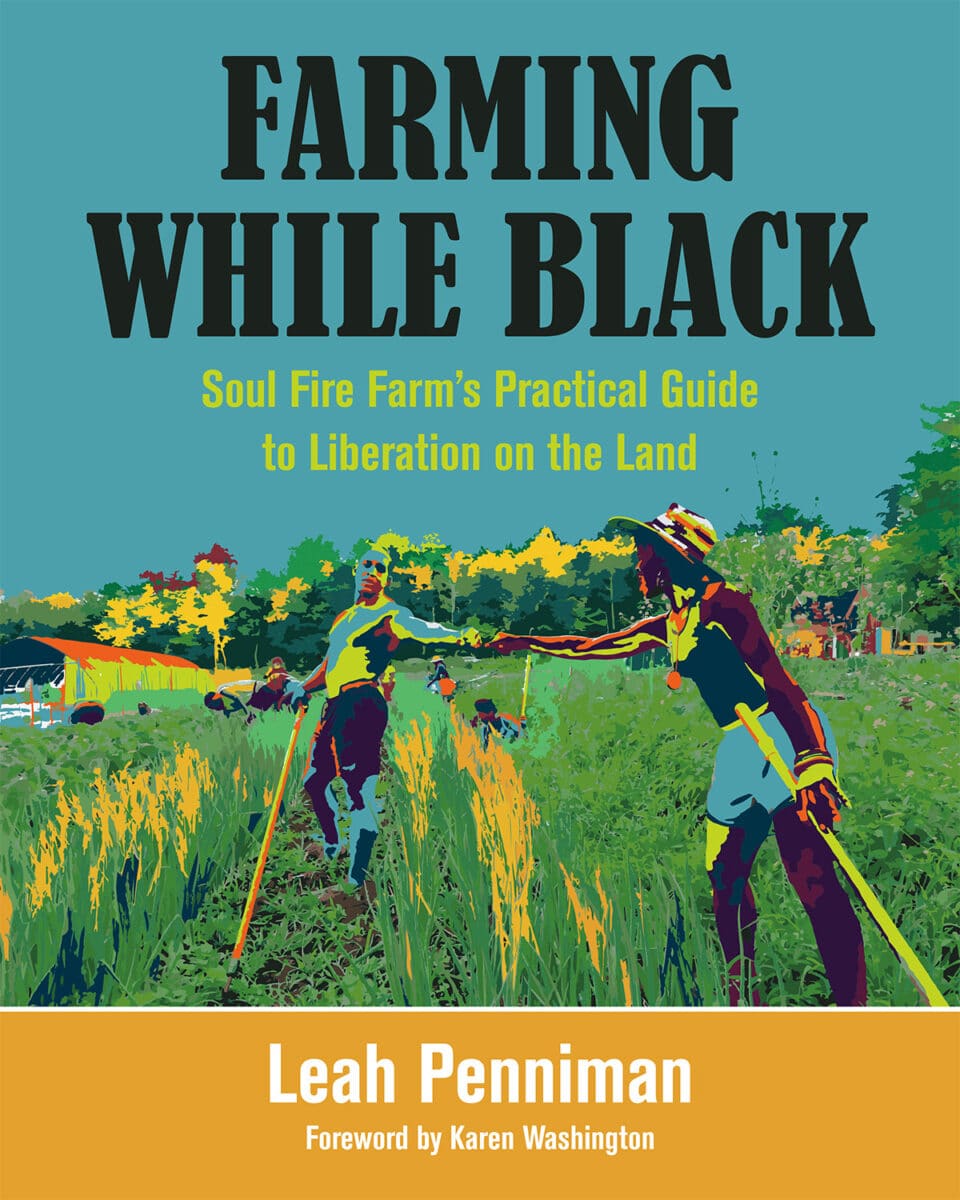This simple tool helps everyone plant seeds in neat, well-spaced rows. It’s especially helpful when planting with large groups of students. For early math learners, this is a great way to practice non-standard measurement skills and patterns.
Materials
- Plastic drinking straws, cut into 2: lengths and sorted by color
- Yarn or string for lacing
To Prepare in Advance
Cut lengths of yarn or string to approximately 28 inches long. Tie a bead on one end and wrap the other end with a piece of tape to prevent unraveling and make lacing easier.
Cut drinking straws to a consistent length to make a non-standard length unit for the bead string. 2-inch units work well for many plants.
Make a Measuring Tool
Have children construct a garden measuring string by lacing straw-length units in a repeating color pattern (AB or other repeating pattern). As children work, help them notice the regularity of the color pattern they are creating and the rhythmic pattern of their hand movements as they lace. These are visual and kinesthetic experiences of pattern and regularity.
Plant Seeds
Bring the measuring strings out to the garden when it’s time for planting. Have children lay their measuring strings in the garden beds to indicate where to plant the seeds. The straw lengths space out the plantings (for example, peas can be planted every 2 inches or 1 straw-length). Be sure that children understand that the straw lengths measure out the length of space between each seed they plant.
Wrap-Up
Ask children for their ideas about how the measuring strings help them plant. Have children predict what the garden bed might look like when the seeds sprout. You may want to ask questions, such as:
- Will there be any patterns to see?
- What about the spaces between the plants? Do we know how far apart the plants will be? What will happen to the spaces between the plants as they grow?
Early Learning Math Concepts
Math Big Ideas:
- Patterns are sequences governed by a rule.
- All measurement involves a “fair” comparison.
Extension Activities
Use the measuring strings to measure the height of plants to be harvested. Pea shoots are ready to harvest when they are approximately 4 to 6 inches tall (2 or 3 straw-lengths). Have children use their strings to determine which plants are ready to harvest.
You can introduce indirect comparison by asking children to measure and compare plant growth in two different beds. Using the measuring string as a “go-between” encourages children to think about comparison in a more abstract way.
Developed in partnership with the Erikson Institute – early math collaborative



